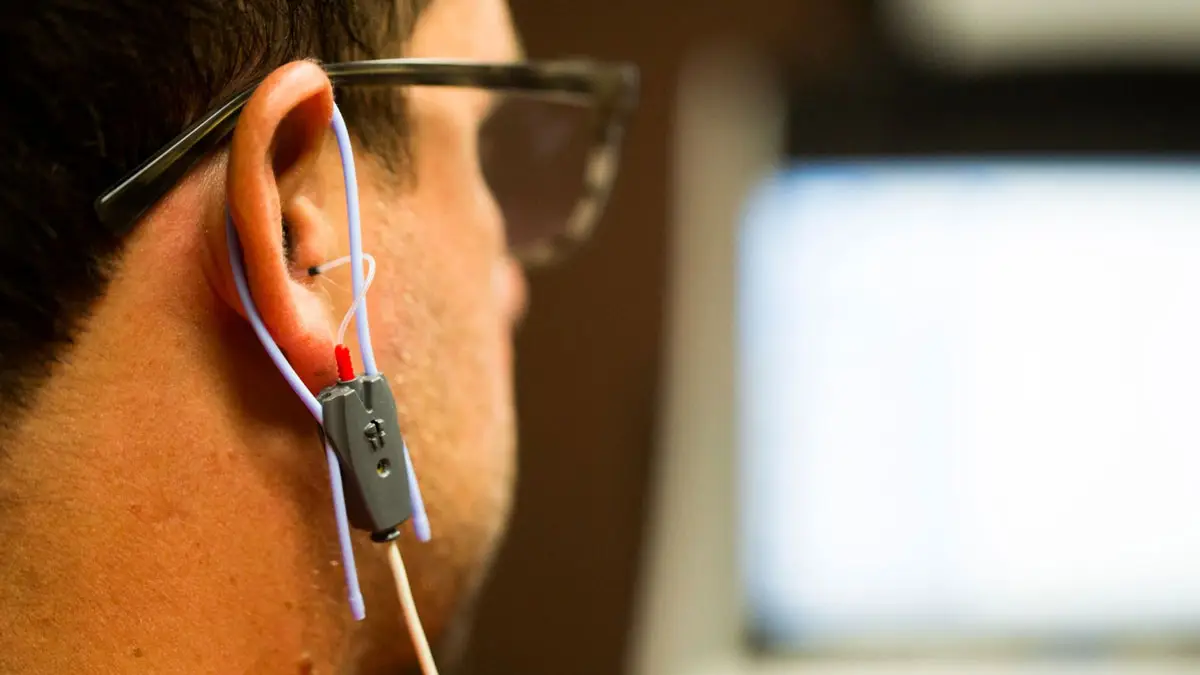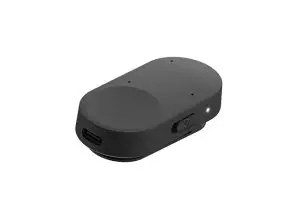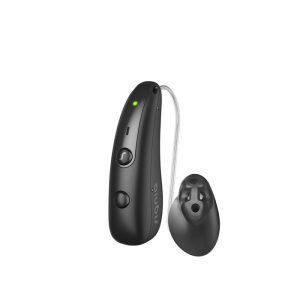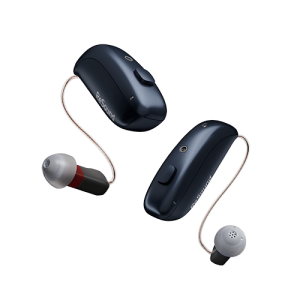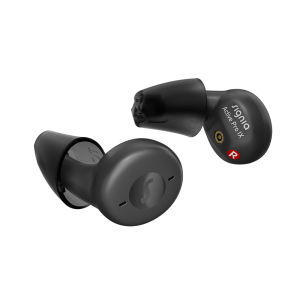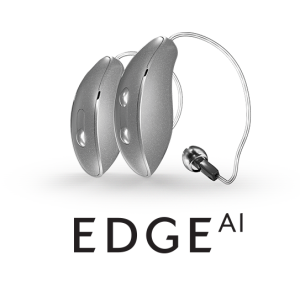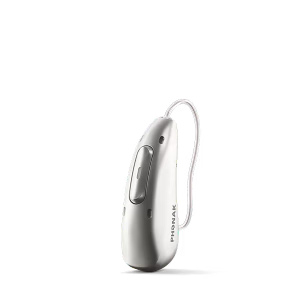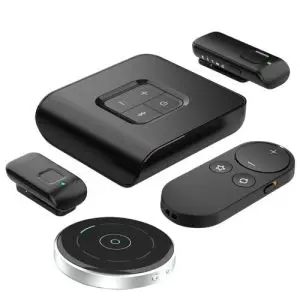One common question many hearing care providers hear from patients is: “Can you test my hearing while I’m wearing my hearing aids?” This question stems from a desire to understand how well the hearing aids are working and whether they are making a noticeable difference. While this seems like a logical request, performing a hearing test with hearing aids in place isn’t possible—and here’s why.
The Challenges of Performing a Hearing Test While Wearing Hearing Aids
- Inability to Isolate Each Ear
To accurately measure hearing thresholds, providers evaluate each ear independently during a standard hearing test. Hearing aids amplify sound in both ears, making it nearly impossible to isolate one ear for accurate testing. - Hearing Tests Simulate an Artificial Setting
A traditional hearing test occurs in a controlled, quiet environment—nothing like the real-world settings where hearing aids are most beneficial. The purpose of a hearing test is to identify the extent of hearing loss. Not to evaluate the performance of hearing aids. - Hearing Aids Are Designed for Speech, Not Pure Tones
Hearing aids optimize speech clarity in complex environments. Not necessarily to amplify the pure tones used in hearing tests. This makes using hearing aids during a test impractical and unreliable.
The Real Solution: Real Ear Probe Measurements
Instead of testing hearing aids during a traditional hearing test, hearing care providers use real ear measurements (REM) to verify hearing aid performance. This process ensures that the hearing aids are working as intended for the wearer’s specific hearing needs.
What Is Real Ear Measurement?
Real ear measurement is a verification tool used to evaluate how well hearing aids amplify sound in the wearer’s ear canal. The goal is to ensure that the hearing aids provide the right level of amplification—enough to make speech audible and clear without being uncomfortably loud.
How Real Ear Measurement Works
- Placement of the Probe Microphone
The provider inserts a tiny probe microphone into the ear canal, positioning it about a quarter-inch from the eardrum. This mic measures the sound levels close to the eardrum. - Testing the Hearing Aid Output
The hearing aid is then placed in the ear, and pre-recorded speech sounds are played at soft, medium, and loud levels. The probe microphone measures how the hearing aid amplifies these sounds in real-time. - Independent Ear Measurements
Providers measure each ear separately to individually optimize both hearing aids. - Adjustments for Accuracy
During the process, the hearing care provider can adjust the hearing aids to ensure they match prescriptive targets. This ensures the wearer can hear speech clearly and comfortably across various volume levels.
Why Real Ear Measurements Are Better
- Tailored to Real-Life Hearing Needs
Unlike a traditional hearing test, REM evaluates how your hearing aids perform in your ear canal. Therefore ensuring they are fine-tuned for everyday use. - Independent Ear Customization
Each ear is unique, and REM allows for precise adjustments to meet the specific needs of each ear. - Optimal Speech Clarity and Comfort
The process focuses on amplifying speech into a range the wearer can hear without making sounds excessively loud or painful.
Conclusion
Hearing tests and real ear measurements serve different purposes. A hearing test identifies the extent of hearing loss. Real ear measurement, on the other hand, properly calibrates hearing aids to improve hearing in real-world settings.. While it may seem logical to combine the two, the limitations of hearing aids in testing scenarios and the need to isolate each ear make it impractical.
By using real ear measurements, hearing care providers ensure that your hearing aids perform optimally. Therefore providing clarity and comfort in your daily life. If you have questions about this process, don’t hesitate to reach out!

